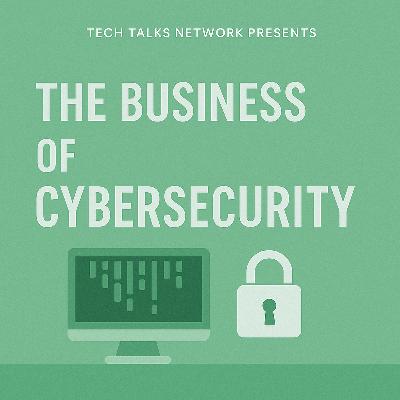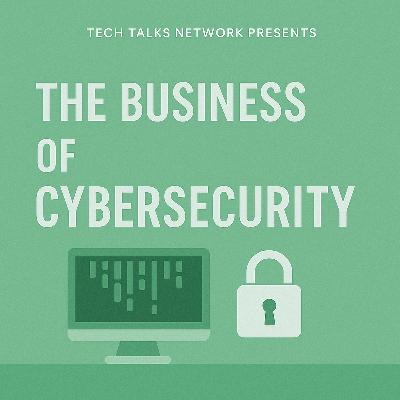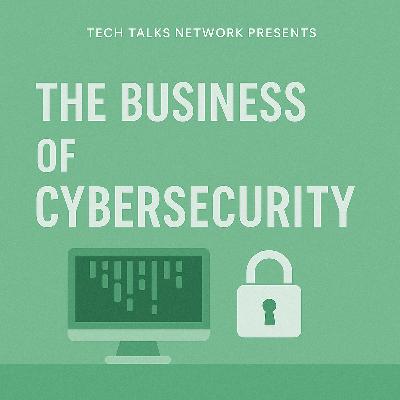
The Business of Cybersecurity
Author: Neil C. Hughes
Subscribed: 0Played: 3Description
The Business of Cybersecurity is a podcast from the Tech Talks Network that explores where security and business strategy converge.
Hosted by Neil C. Hughes, creator of the Tech Talks Daily Podcast, this series examines how today’s enterprises are managing cyber risk while still moving fast and innovating. Through insightful conversations with industry leaders, CISOs, product strategists, and security architects, the podcast brings clarity to the real-world decisions shaping cybersecurity in modern business.
Each episode dives into how companies are responding to regulatory pressure, increasing complexity in cloud environments, and rising expectations from boards and customers. From AI-driven defense and zero trust to skills gaps and risk quantification, we go beyond technical jargon to explore what actually works—and what doesn’t—on the road to building resilient organisations.
Whether you're leading a security team, sitting at the executive table, or simply want to understand the business impact of cybersecurity, this podcast offers honest, grounded perspectives designed to help you make better decisions in an environment that never stands still.
Search Tech Talks Network to discover more shows covering the voices at the heart of enterprise technology.







